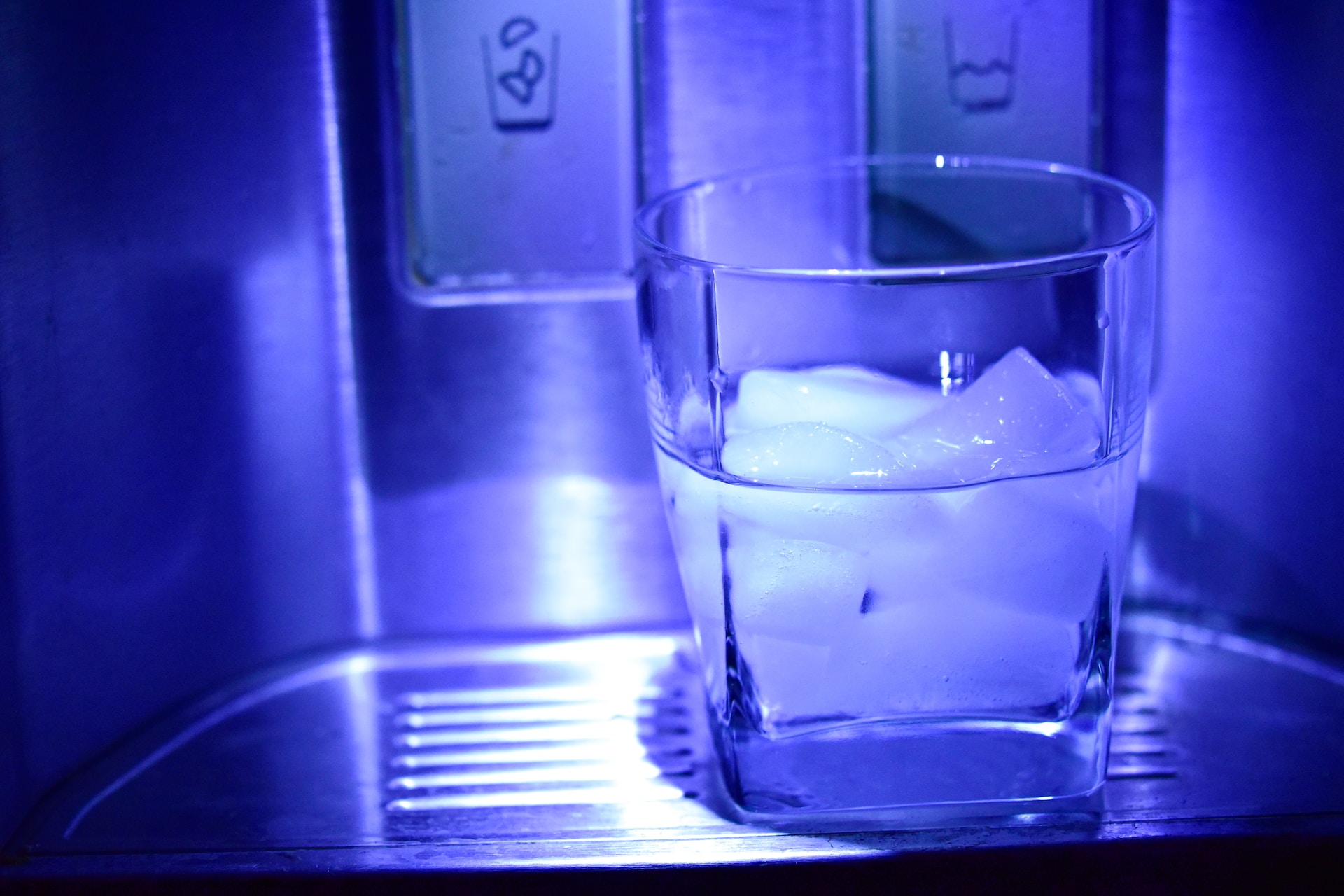The Effectiveness of Refrigerator Water Filters
Besides cooling and refreshing your water, refrigerator filters also trap particles like algae, dirt, sand, silt, and rust flakes. They can help remove chlorine, lead, metals, and organic compounds from your drinking water. Refrigerator water filters have limited capacity and can only filter specific contaminants. It is best to consider whole-house filtration systems that meet NSF or WQA standards.
Contents
Particle Filters
Most built-in refrigerator water filters use some form of carbon filter to remove impurities from the drinking supply. Generally, these filters are rated to reduce chlorine and other taste and odor contaminants. They can also capture a small number of bacteria and viruses that can enter the water system from leaks or breaks in the municipal pipes. Activated carbon, commonly found in fridge filters, has a honeycombed surface containing many nooks and crannies that can trap contaminants. Most of these filters are rated to remove up to 20 microns of impurities, including lead and other volatile organic compounds (VOCs). The problem is that refrigerator filters can dislodge many contaminants they catch, such as algae, sediment, and bacteria, back into the drinking supply. These unwanted bacteria can make people sick and cause other environmental damage. For this reason, it’s essential to replace this regularly with a fridge filter for sale so that the contaminants it catches are not reintroduced into the water supply.
Activated Carbon Filters
Refrigerator filters that contain carbon filtration medium use adsorption to reduce contaminants in drinking water. The carbon filter medium is packed with small particles with a massive surface area. Contaminants stick to the carbon when they enter your refrigerator filter and flow into your water supply. Carbon refrigerator filters reduce chlorine, organic compounds, bad tastes and odors, and many other impurities. However, they are ineffective at removing minerals such as magnesium and calcium or dissolved solids like heavy metals.
Filters that use a three-step filtration process combine sediment, particle, and carbon filtration to trap and absorb unwanted contaminants. They use a coconut shell-activated carbon filter medium. This non-toxic, renewable resource combines particle filtration, 0.5-micron pore filtration, and chemical reactions between the carbon and water pollutants to remove contamination. The contaminant-free water flows through your refrigerator dispenser and ice maker.
Carbon Blocks
Carbon block filters remove taste and odor compounds from water and chemicals like chlorine, pharmaceuticals, pesticides, heavy metals, and organic compounds. They can also remove lead and other metals from the water when paired with different filter types, such as reverse osmosis systems. Unlike particle filters, carbon block filters work via adsorption rather than filtration. This adsorption allows the filter’s larger surface area to trap contaminant molecules. Depending on the type of carbon, mesh size, and additives, these filters can be engineered to tailor chemical removal efficiencies. When the adsorption process is complete, the solid carbon blocks release no more contaminant particles into the water.
In contrast, granular activated carbon releases a flurry of carbon fines into the water when it is saturated with contaminants. It can lead to clogged pipes and smelly ice. As such, changing a refrigerator water filter every six months is essential.
Installation
Refrigerator water filters are relatively easy to install and replace, but following the manufacturer’s instructions is essential for the best results. Regular cleaning and replacement can help the filter last longer, reduce contaminants in the water, and keep bacteria at bay. Refrigerator water filters remove sediment, chlorine, certain types of bacteria (including E. coli and fecal coliforms), and organic compounds that affect taste and odor. They can protect against microbial contaminants and heavy metals, sometimes in tap water. Refrigerator filters should be changed every six months or as the manufacturer directs. It can result in clogged filters that are less effective at reducing contaminants, unpleasant taste, and odor. A dirty refrigerator water filter can also lead to mold and yeast in your drinking water, which is a health hazard. Using a filter can eliminate the need to buy and refill single-use plastic bottles of bottled water, which helps protect the environment.

